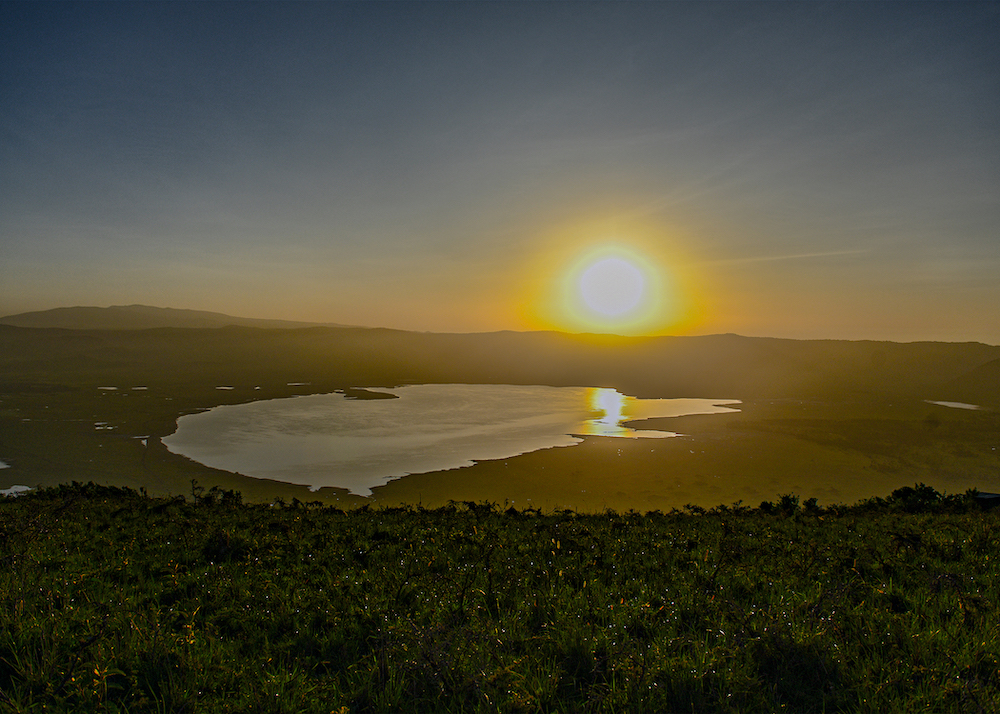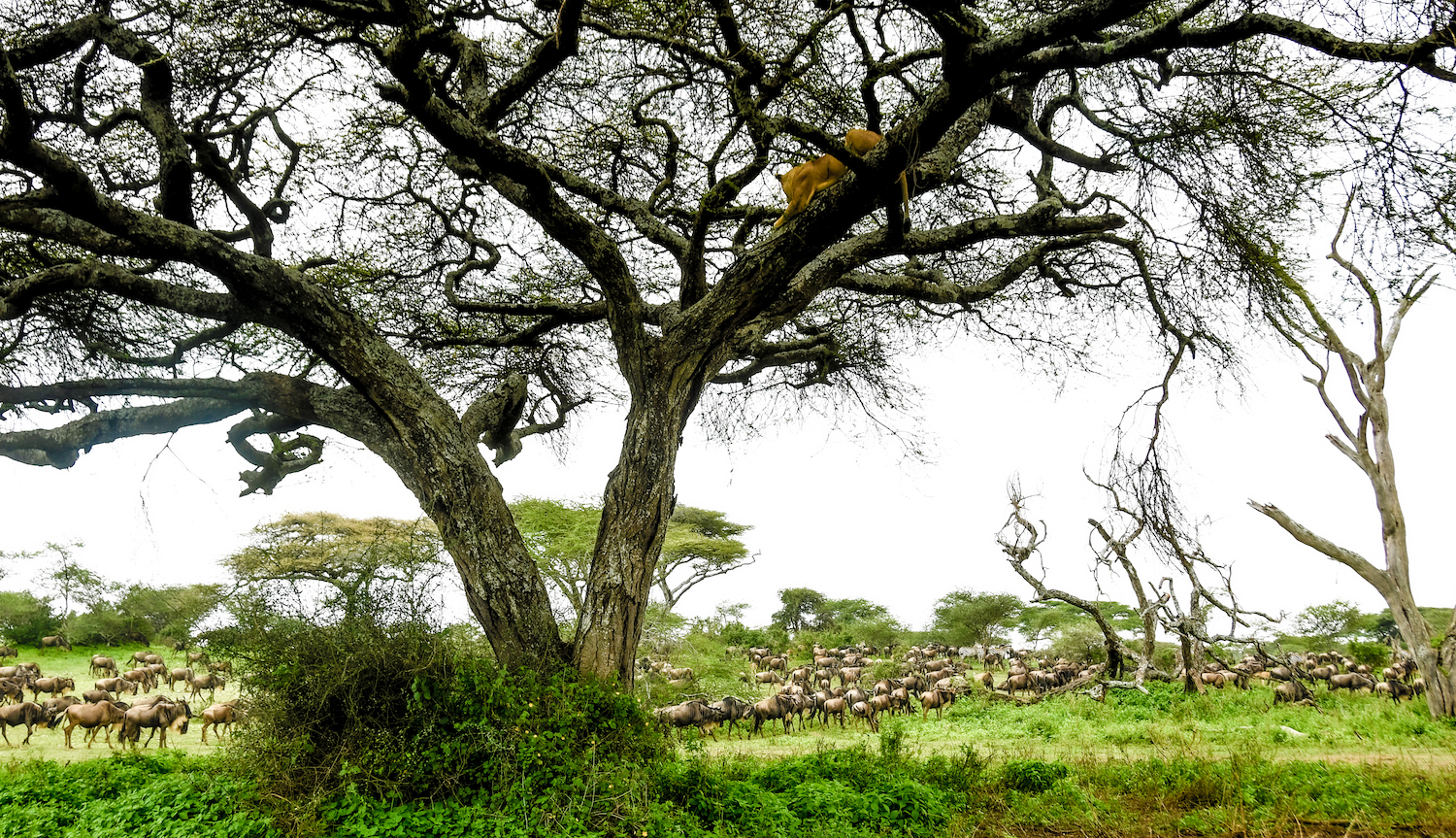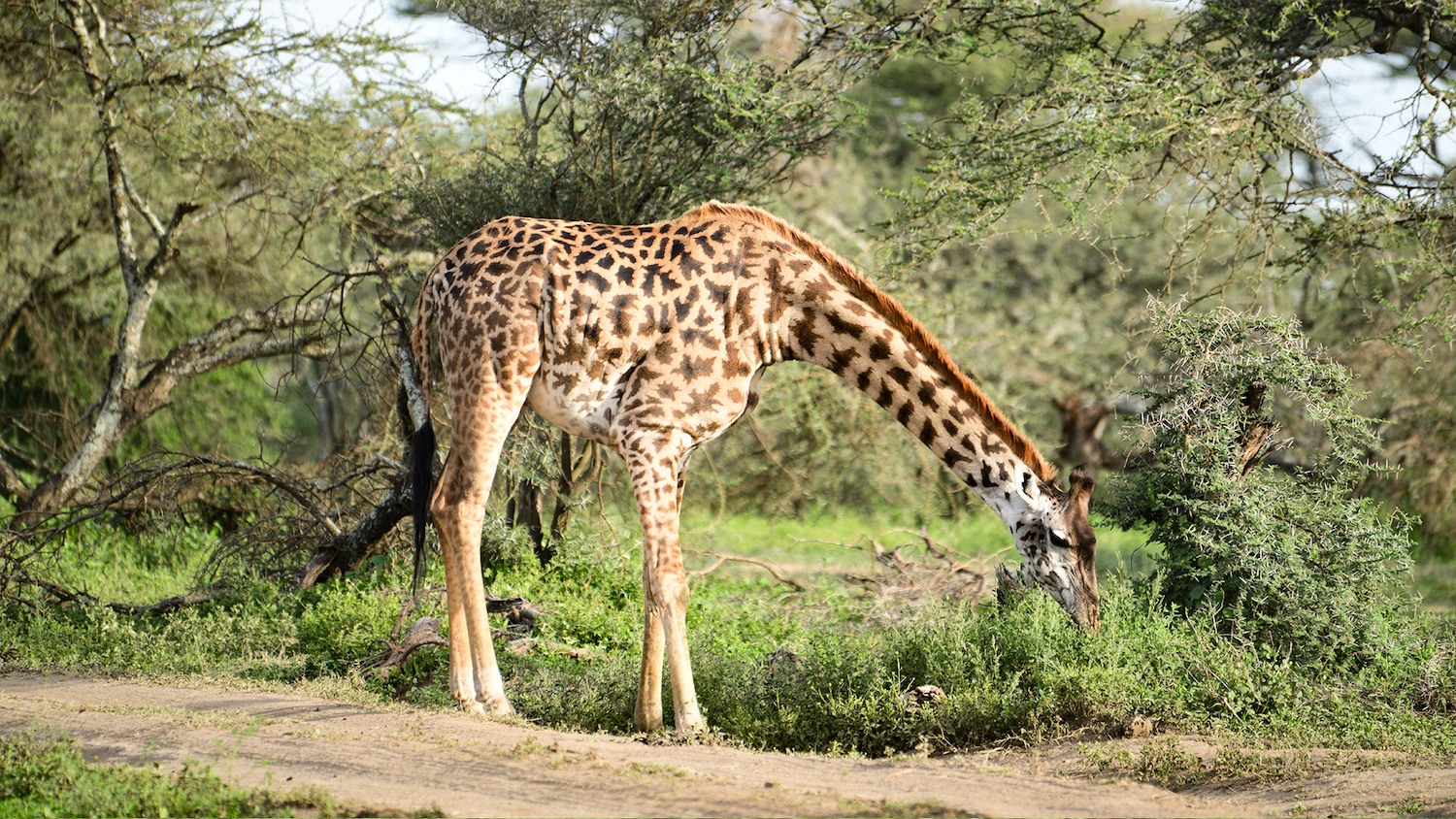Ngorongoro Conservation Area – A Natural Marvel
Nestled approximately 190 kilometers west of the vibrant town of Arusha, between the renowned Lake Manyara and Serengeti National Parks, lies the awe-inspiring Ngorongoro Conservation Area. This extraordinary region has earned the prestigious status of a UNESCO protected World Heritage Site and an International Biosphere Reserve. Encompassing a sprawling expanse of approximately 8,292 square kilometers, the Ngorongoro Conservation Area is a realm of remarkable geographical and ecological diversity.
At its heart lies the Ngorongoro Crater, the undisputed centerpiece of the area, boasting the distinction of being the largest intact caldera on Earth. This natural wonder, along with other notable features like the Olduvai Gorge, Ndutu, the Empakai Crater, and the towering Oldonyo Lengai Mountain, coalesce to create a breathtaking tapestry of landscapes.
Coexistence of Life – People, Livestock, and Wildlife
The Ngorongoro Conservation Area stands as a pioneering experiment in multi-purpose land use, where the indigenous Maasai people, their livestock, and wildlife coexist within a harmonious, protected habitat. Here, wild animals are granted protection similar to that of National Parks. The Ngorongoro and Empakai Craters, however, are exclusive reserves dedicated solely to wildlife. In contrast, the remainder of the Conservation Area is a shared space where wildlife, people, and livestock find common ground.
The Maasai, the primary residents of Ngorongoro, are nomadic pastoralists who traverse the land with their herds of cattle, sheep, goats, and donkeys in search of pasture and water. In recent years, they have transitioned towards agriculture, complementing their traditional diet of milk and meat. This delicate balance of coexistence and adaptation has become a hallmark of the Ngorongoro Conservation Area.
Ngorongoro’s Crown Jewel – The Crater
The undeniable jewel of the Ngorongoro Conservation Area is the Ngorongoro Crater, a geological marvel unlike any other. With its intact walls, it claims the title of the largest caldera in the world. The crater floor, a staggering 610 meters below the rim, spans an area of 304 square kilometers and boasts a diameter of 19 kilometers. The sheer grandeur of the Ngorongoro Crater leaves visitors in awe. As Professor Bernhard Grzimek aptly noted, “It is impossible to give a fair description of the size and beauty of the Crater, for there is nothing with which one can compare it. It is one of the Wonders of the World.”
The crater floor teems with tens of thousands of plains animals, including wildebeest, zebras, gazelles, elands, and a thriving predator population of lions, hyenas, and jackals, all observable at remarkably close quarters. The elusive black rhinoceros occasionally graces lucky observers with its presence, while sightings of cheetahs and leopards add to the park’s allure. The rainy season, a period of rejuvenation, occurs between November and May. The crater rim, perched at an altitude of about 2,286 meters above sea level, often brings chilly evenings, particularly from May to September.
NDUTU – An Ephemeral Paradise
Ndutu, nestled within the southeastern plains of the Serengeti ecosystem within the Ngorongoro Conservation Area, serves as an integral part of the region’s migratory spectacle. These vast plains around Ndutu serve as the primary holding grounds for migratory animals, where immense herds congregate and linger for over four months, from December to April, before embarking on their journey across the Serengeti in search of verdant pastures and life-sustaining water sources. Ndutu, particularly its short grass plains, plays a crucial role as the calving grounds for wildebeest and other migratory species.
In this fleeting paradise, the circle of life unfolds in all its splendor. Ndutu stands as a testament to the intricate dance of nature, where life’s great journeys converge and depart against a backdrop of sweeping savannas. A visit to the Ngorongoro Conservation Area is an opportunity to witness the remarkable coexistence of humanity and wildlife, and to stand in awe of nature’s most magnificent spectacles.


